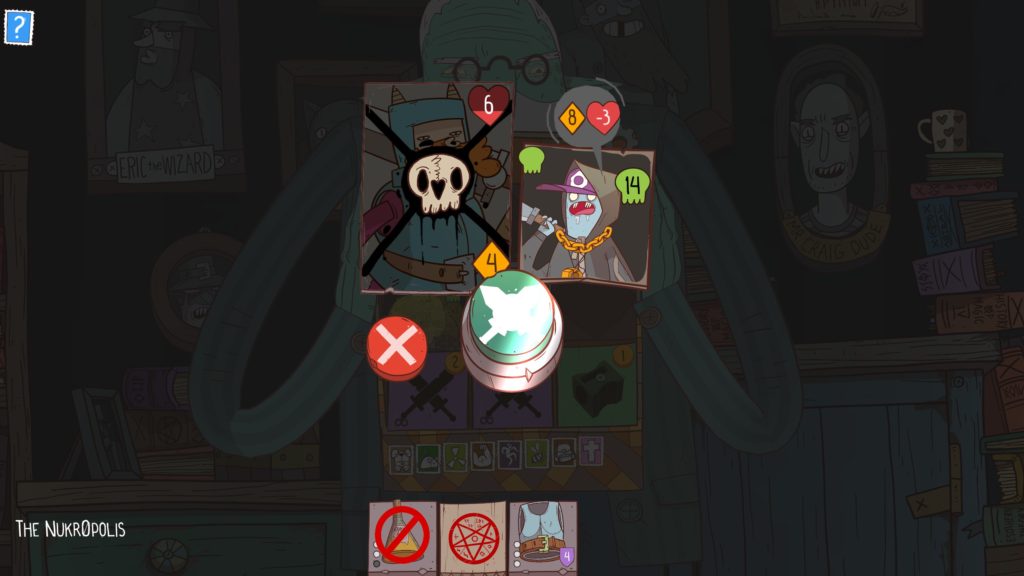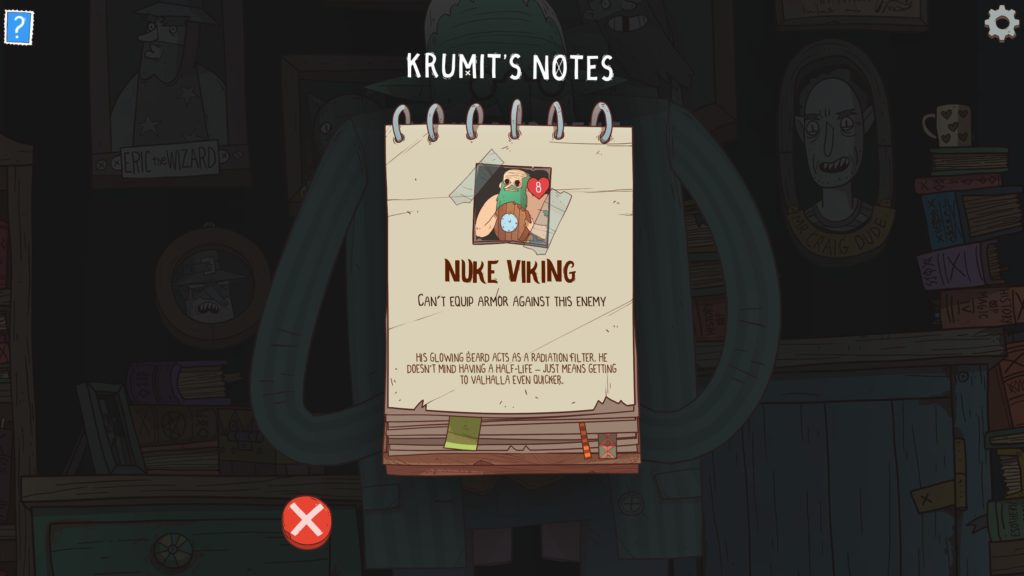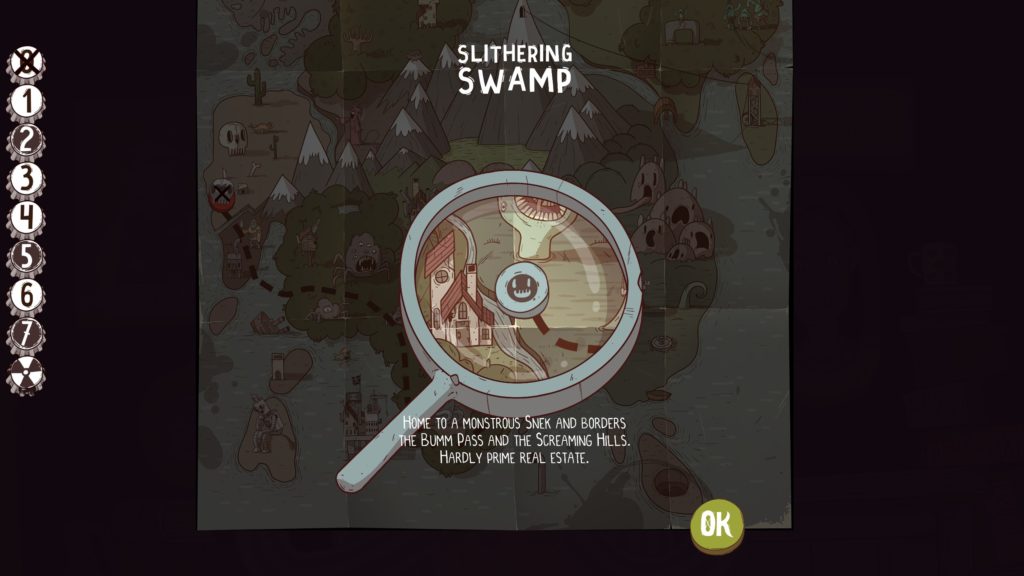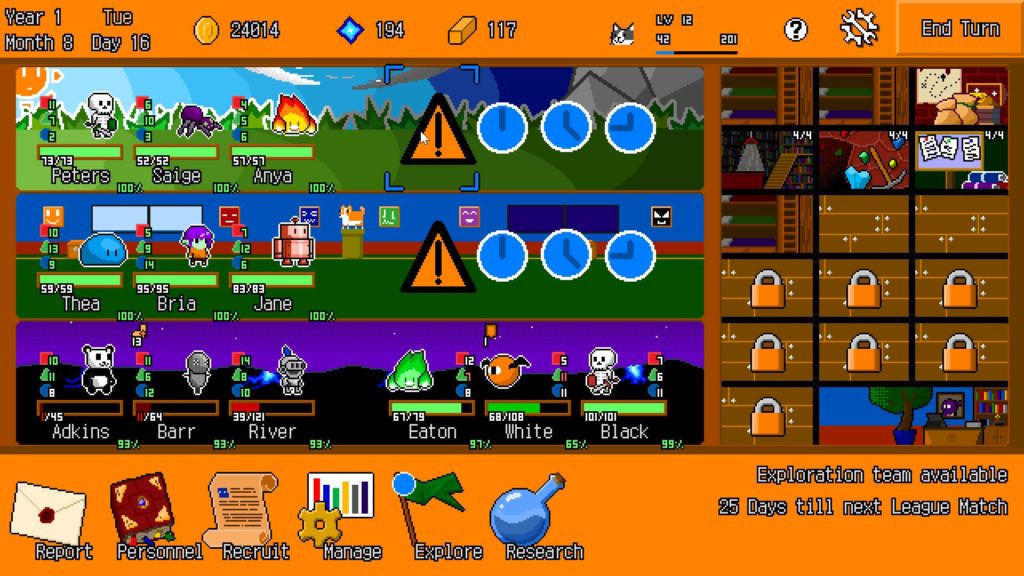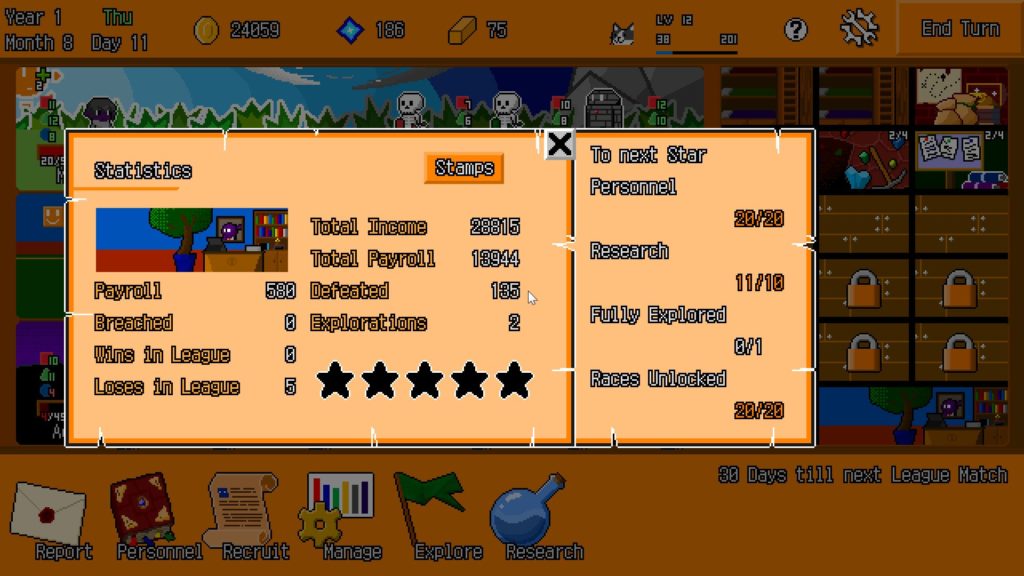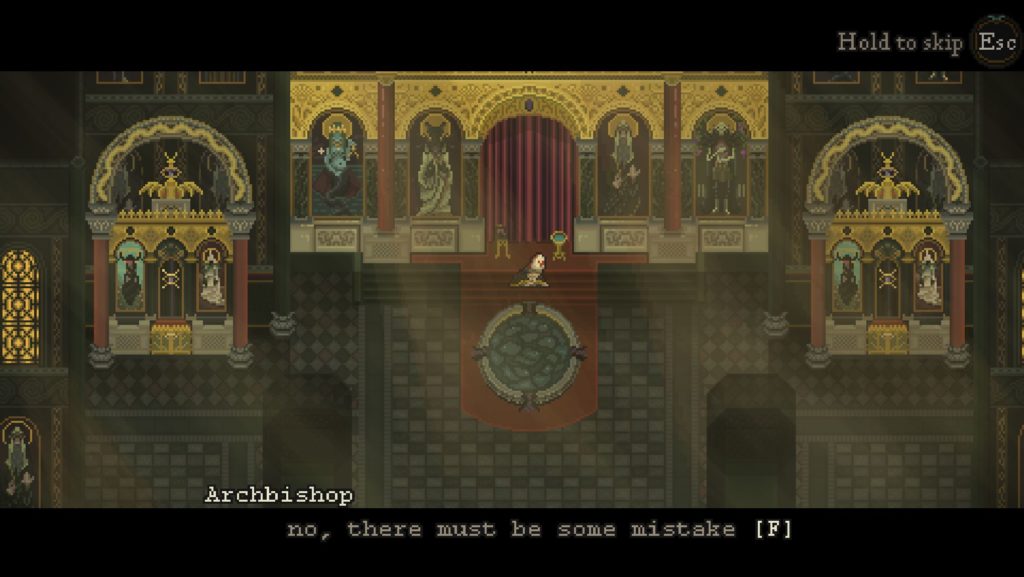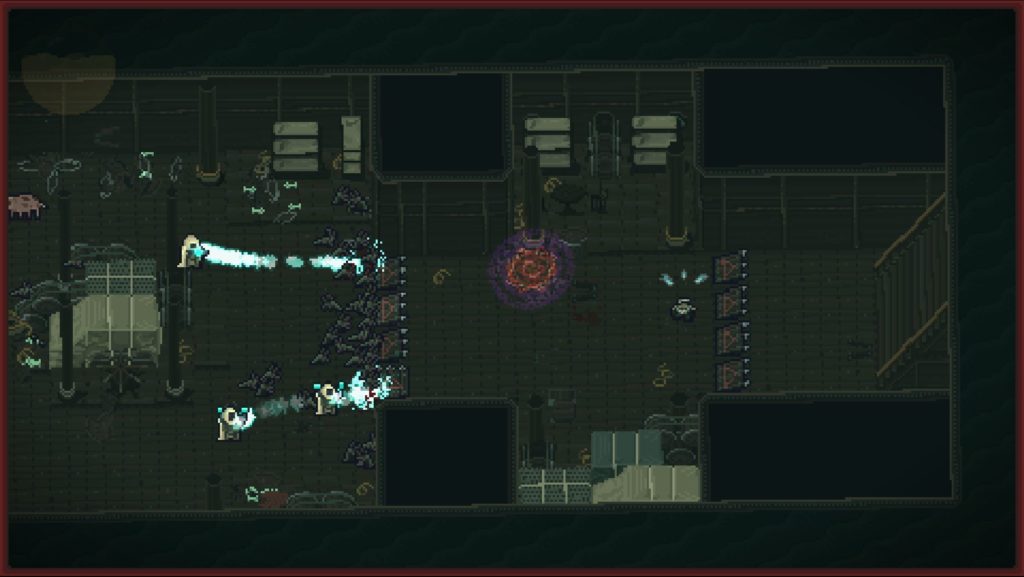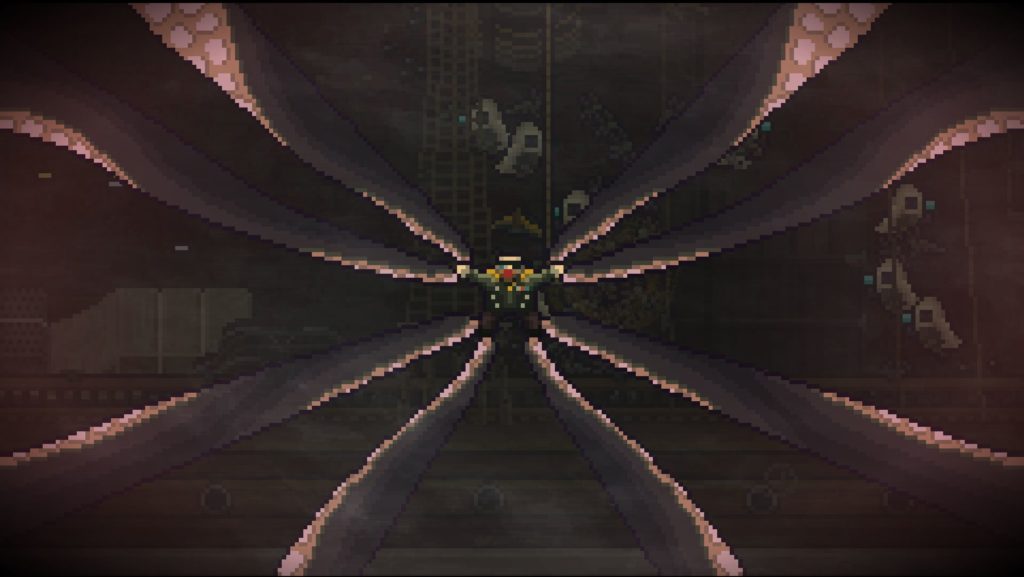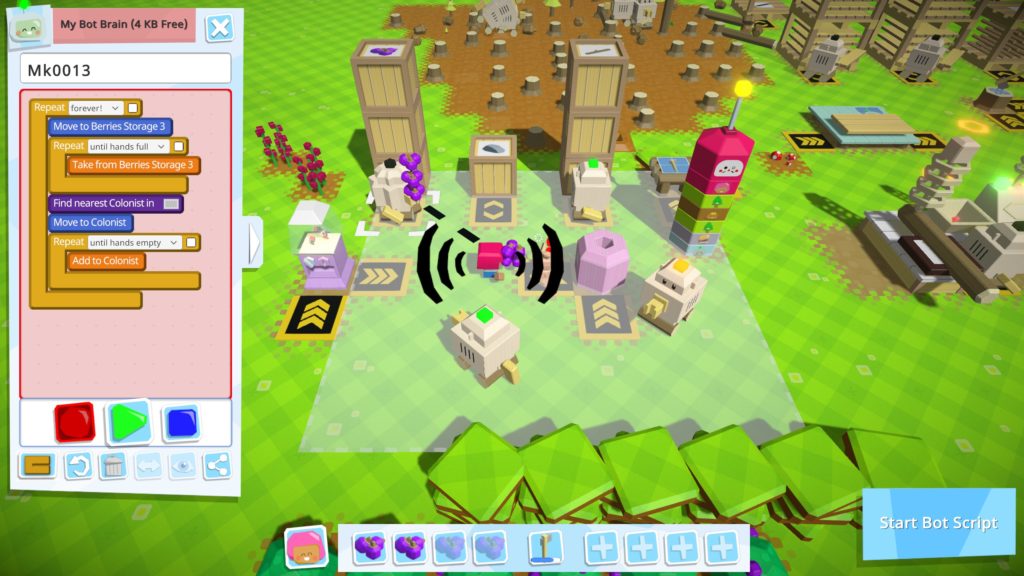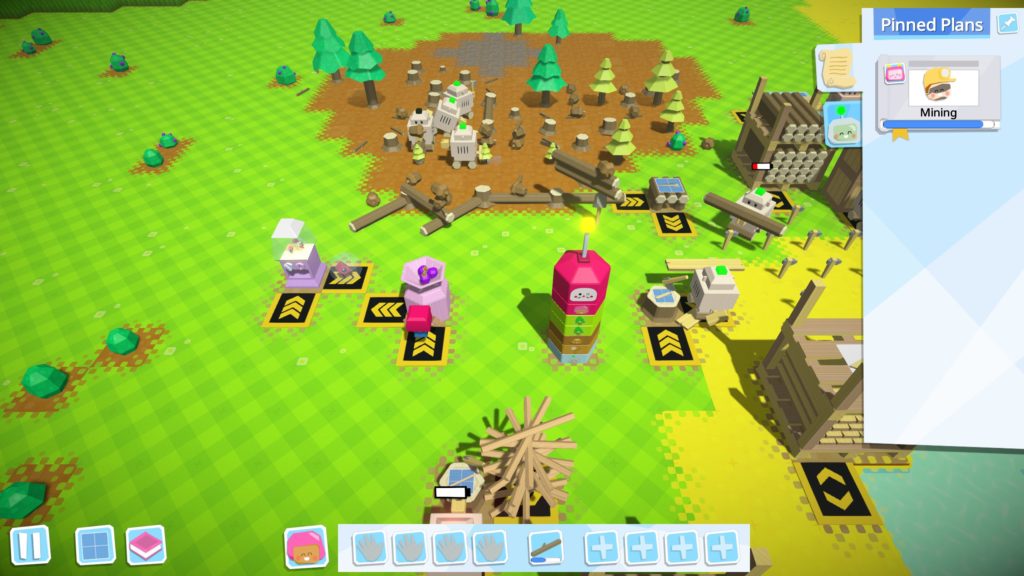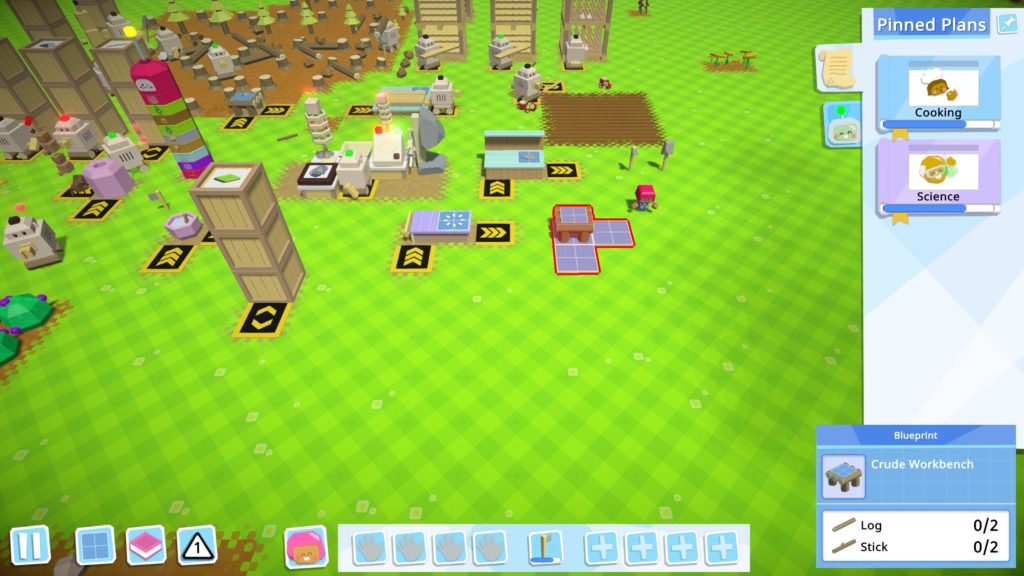Sigma Theory (Review)

Source: Cashmoneys
Price: £15.49 (£22.68 game+soundtrack, £7.19 soundtrack)
Where To Get It: Steam
International espionage is, at the best of times, a tough job. It involves not only observation, but paperwork, diplomacy, bribery, compromising assets… It’s a multifaceted operation. And lots of things can get in your way, from local law enforcement, to other agents, encryptions… Even just plain bad luck.
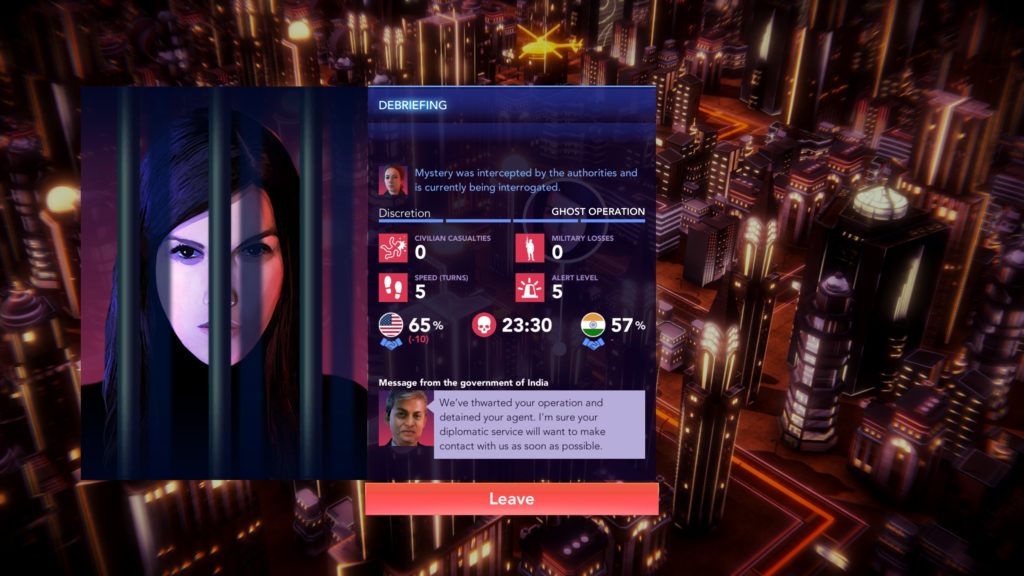
And, in Sigma Theory, you’re doing this in service to perhaps the last big arms race of all… The race to a Paradigm Shift, where new technologies change the very nature of the world, people, cultures, infrastructure… Even hearts, minds, and bodies. It’s an arms race which could very well result in the world melting down, culturally for sure, possible literally. No pressure, though.
The general idea is, in its basics, very simple: Keep relatively good relations with your own country and others… While researching technologies, and stealing the scientists of others to help achieve your own goals. Turn based, you have a lot of time to think about your moves… But something will throw a wrench in your plans, because every technology gained changes the game somewhat. One will make the agents of a country incorruptible. Another makes the scientists of other countries more corruptible. One slows research of every other country. One allows two of your agents to get an upgrade in their intelligence. And there is no way in hell you’re going to get that. So, that’s the main idea… Send your agents to other countries, find scientists, compromise them, steal them, research technologies, and try not to let the same happen to you.
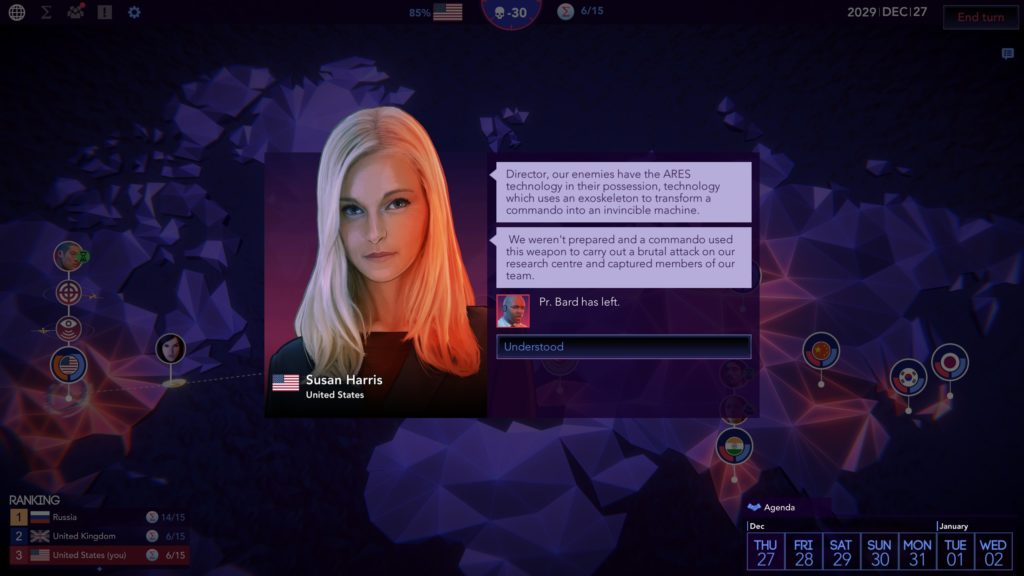
Of course… Like I said, things get complicated, because there are private groups who want to fuck things up too, and, while your goals may well align with theirs (Taking down capitalism? Sign me the fuck up!), they will scew you over if you don’t. And exfiltrating scientists and other figures is its own, turn based fun time, set in a city route spattered liberally with cops and events that may raise the alertness level, lower it, slow you down, speed you up… Screw it up, and you not only lose the agent, you lose reputation with both their country and yours… And you need that high rep with yours to keep your surveillance and combat drones to help you, and get new benefits, like being able to replace the agents you lost. You’ll also lose rep if you go loud, but sometimes you need to go loud.
And agents… Agents have preferences. In the most recent game, Russia was already well on its way to dominance, and America was falling behind. But I forgot that Mystery, the hacker I’d recruited, and who was exfiltrating a scientist, was a pacifist. With fleeing or stunning highly dangerous options, I ordered her to open fire… And she surrendered, immediately. Well, damn. Read your dossiers, Jamie, read your dossiers! (Especially since recruiting agents you haven’t recruited before requires it, to recruit them in the first place.)
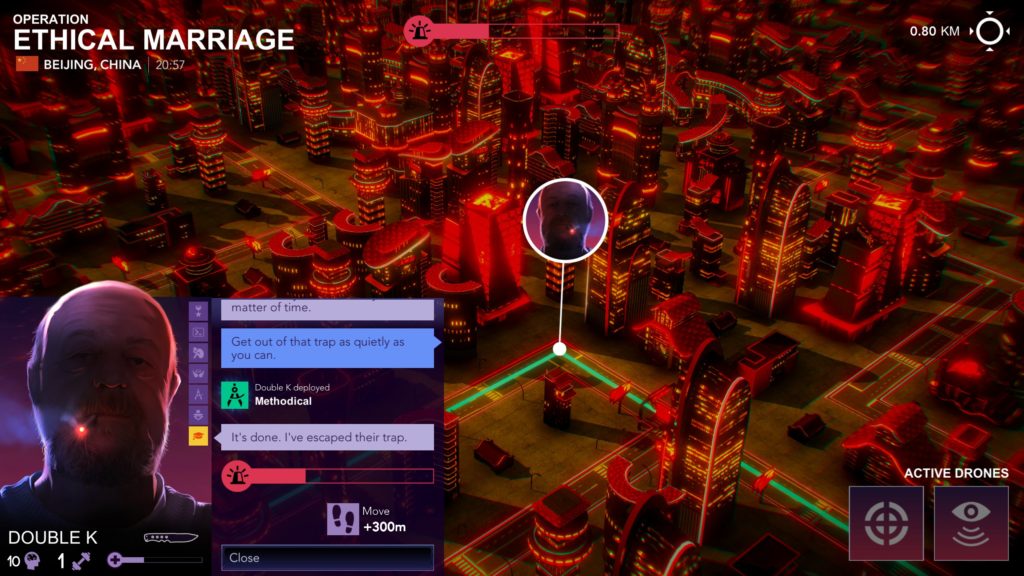
Aesthetically, the whole is very pleasing. A simple, clear, but fitting UI, music that adds to that tense feeling that pervades the game’s mechanics, good character portraits, and the cityscape is also pretty clear. With a surveillance drone, you know how hard it’s going to be to get out, but without, the route is clear… But cops fade into view.
The game is very difficult, and, at times, distinctly unfair… But I still enjoyed myself, and continue to do so, because thematically? It works. It’s a dangerous situation in which one misstep can cascade into the Doomsday Clock running down, or the world dominance (quite literally) of another global power, or a private corporation. So if the fact that it’s difficult doesn’t turn you off, I would definitely recommend it for what it is… An engaging turn based game, set in perhaps the biggest cold war I’ve seen in a setting. A cold war for how humanity itself is directed.
Being a spy agency is hard. I wonder how super agents would do with Disciples 1?


